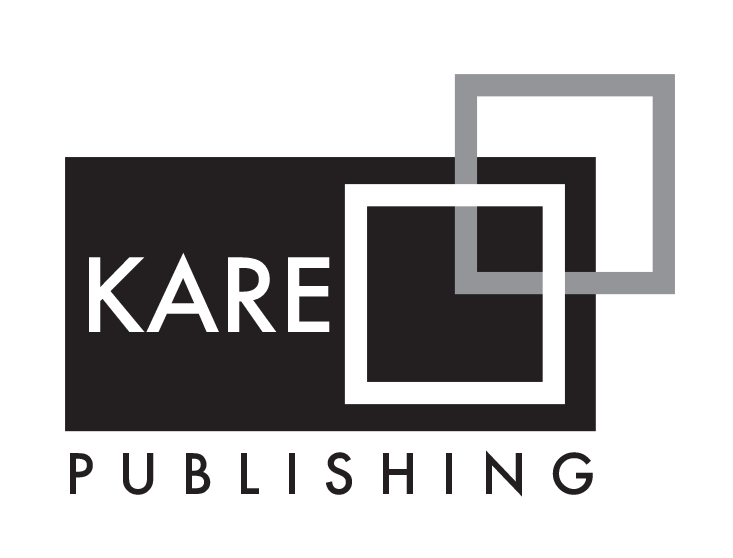2Department of Nutrition and Dietetics, Başkent University Faculty of Health Sciences, Ankara, Turkey
Abstract
Introduction: The aim of this study is to determine the effect of treatment methods on the nutritional status of oncology patients.
Materials and Methods: The study was carried out on 50 (26 men and 24 women) newly diagnosed oncology patients with a mean age of 58±13.50 years. Anthropometric measurements and nutritional status of the patients were evaluated before and after treatments.
Results: The frequent cancer tape in women and men were breast (79.2%) and lung (23.1%) cancer, respectively. The frequency of metastases in patients was 48%, and 32% were Stage IV. Chemotherapy was applied to 24% of patients, chemotherapy and radiotherapy were applied to 12% of patients, chemotherapy with surgery was applied to 42% of patients, and chemotherapy and radiotherapy with surgery were applied to 22% of patients. The mean body mass index of patients before and after treatment was determined as 27.11±4.86 kg/m2 and 26.61±4.91 kg/m2, respectively. The majority of patients had a patient-generated subjective global assessment score of 4–8 (moderately malnourished) before (91.7%) and after (83.3%) treatment. While the mean energy intake of female patients was 1127±326.52 kcal before cancer treatment, it was determined as 1104±293.30 kcal after treatment. The energy intake of male patients was 1343±569.3 kcal before cancer treatment and 1166±495.9 kcal after treatment (p<0.05).
Discussion and Conclusion: Nutrition support at every stage of the treatment is very important among patients with cancer. Considering the treatment methods, the appropriate nutrition protocol should be applied in the fastest and most effective way according to the condition of each patient.
2Başkent Üniversitesi, Sağlık Bilimleri Fakültesi, Beslenme ve Diyetetik Bölümü, Ankara
Giriş: Bu çalışmanın amacı, tedavi yöntemlerinin onkoloji hastalarının beslenme durumuna etkisini belirlemektir.
Yöntem: Çalışma, yaş ortalaması 58±13.50 yıl olan toplam 50 (26 erkek ve 24 kadın) yeni tanı almış onkoloji hastası ile yürütülmüştür. Hastaların antropometrik ölçümleri ve beslenme durumları tedavi öncesi ve sonrası değerlendirilmiştir.
Bulgular: Kadınlarda ve erkeklerde en sık görülen kanser tipi meme (% 79.2) ve akciğer (% 23.1) kanseri olarak belirlenmiştir. Hastalardaki metastaz sıklığı % 48 olarak saptanmıştır ve hastaların % 32'si IV. evrededir. Hastaların% 24'üne kemoterapi, % 12'sine kemoterapi ve radyoterapi,% 42'sine ameliyatla kemoterapi, % 22'sine cerrahi ile kemoterapi ve radyoterapi uygulandı. Hastaların tedavi öncesi ve sonrası ortalama Beden Kütle İndeksi (BKİ) sırasıyla 27.11±4.86 kg/m2 ve 26.61±4.91 kg/m2 olarak belirlenmiştir. Hastaların çoğu, tedaviden önce (% 91.7) ve sonra (%83.3) 4 ile 8 arasında (orta derecede yetersiz beslenme) Patient-generated subjective global assessment (PG-SGA) puanı almıştır. Kadın hastaların kanser tedavisi öncesi ortalama enerji alımı 1127±326.52 kkal iken tedavi sonrası 1104±293.30 kkal olarak belirlenmiştir. Erkek hastaların enerji alımı kanser tedavisi öncesi 1343±569.3 kkal, tedavi sonrası 1166±495.9 kkal olarak saptanmıştır (p <0.05).
Sonuç: Tedavinin her aşamasında beslenme desteği kanser hastaları için çok önemlidir. Tedavi yöntemleri göz önünde bulundurularak her hastanın durumuna göre en hızlı ve en etkili şekilde uygun beslenme protokolü uygulanmalıdır.


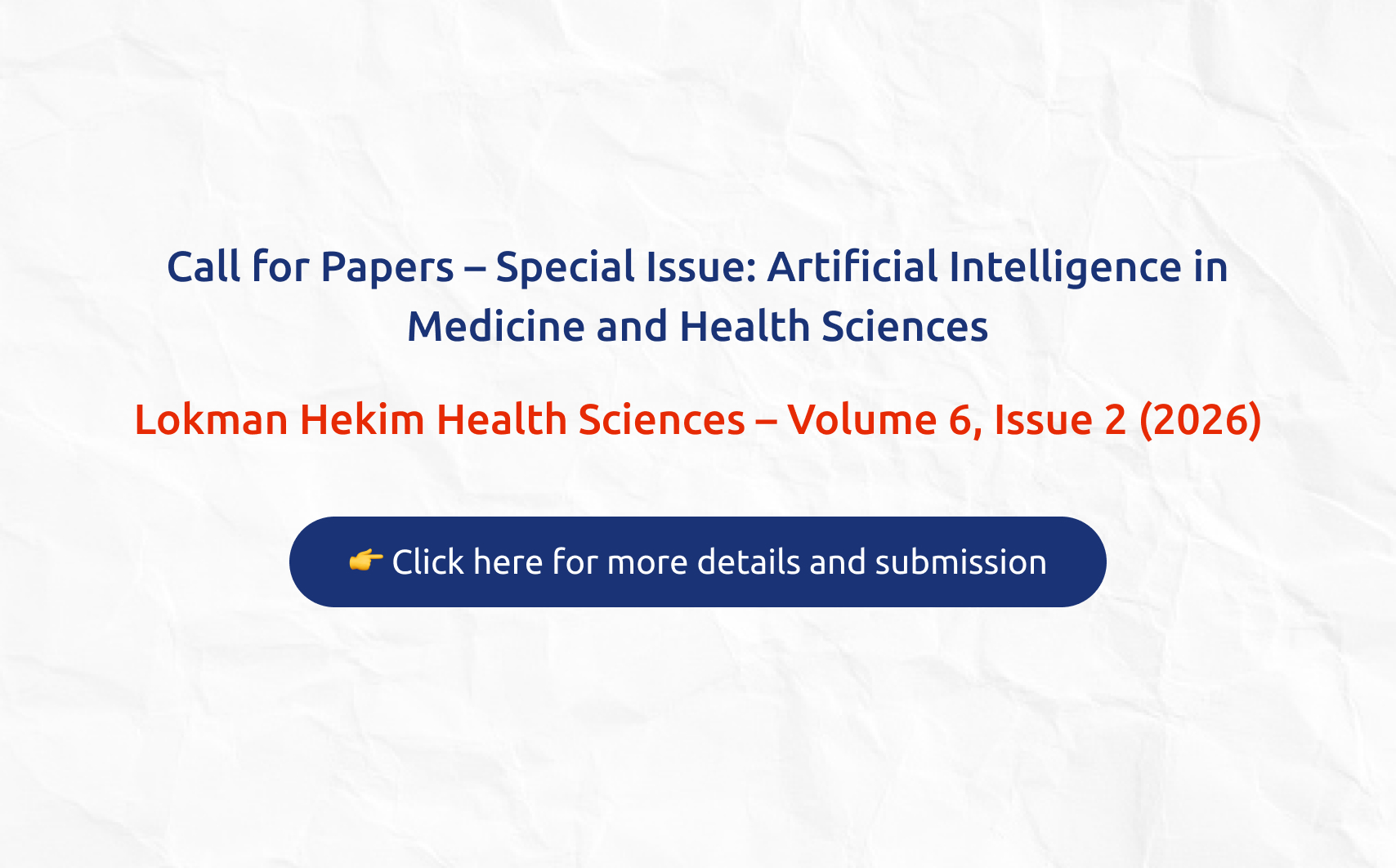
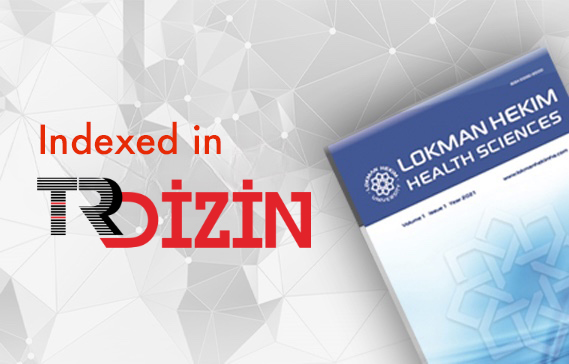
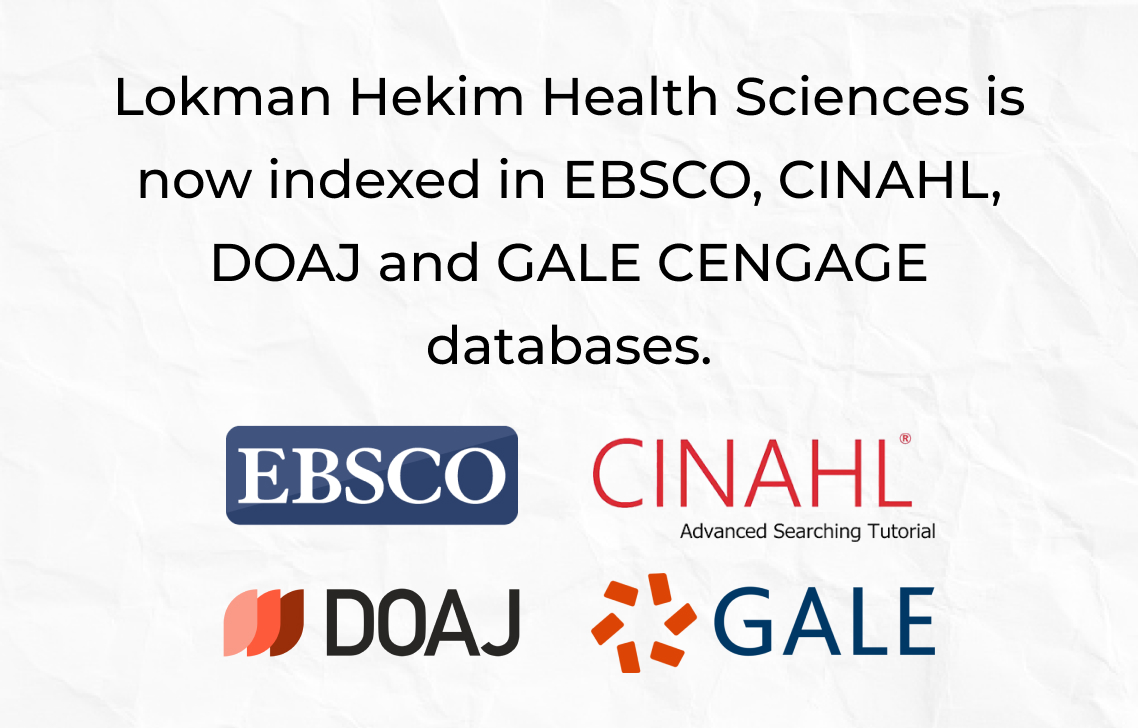
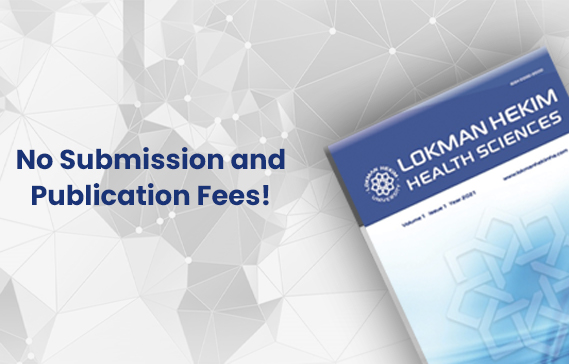
 Kübra Şahin1
Kübra Şahin1 









